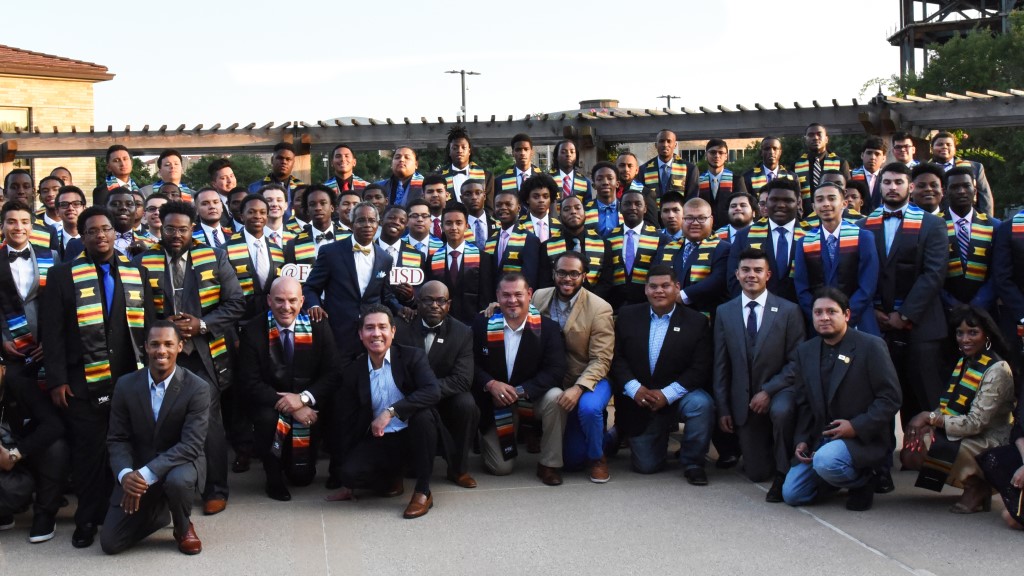Today, more than 90,000 people serve on more than 13,800 elected or appointed school boards in the country. School boards used to have complete authority over the entire school system when they were first formed. Over the years, most school boards have seen their authority narrowed down to policymaking, hiring a superintendent, and approving the district budget. Their authority is further limited with mandates from the state and federal governments.
School boards began to lose the public’s faith at the turn of the 20th century, particularly in the urban centers, when corruption ran rampant. Contracts awarded due to political favors and partisan politics led to a push for reform. Reform came in the form of a more centralized approach, elections at-large, and attempts to remove politics from the school boardroom.
Predominantly white businessmen of Protestant background led the reforms. These men became the favored candidates in urban settings because they had the resources to run at-large. Reformers believed their white Anglo-Saxon Protestant values should be embedded in the American educational system. Their reforms were not universally implemented. The South created county boards to maintain influence over the schools after the Civil War and uphold their values around segregation. Some states kept their city mayors as key people in the financial affairs, and other states created school boards for grades K-8 and 9-12.
Although today some school board members are appointed, most are elected. At-large and off-cycle elections can hinder working-class citizens and people of color from being elected to school boards. As a result, most school boards in the U.S. are made up of white members and do not always reflect the student demographics in their school districts. School boards today are serving a population of students reflective of a major demographic shift in American schools. The country is now more racially and ethnically diverse but also seeing more economic inequality. By 2025, one-fourth will be English Learners (ELs) and most will have been born in the U.S. There are 4.9 million ELs in public schools.

School boards are entrusted with two of their community’s most precious resources: their children and local, state, and federal funding. Achievement gaps are a hot topic in public school education and the conversation of equity as an avenue to address the gaps is picking up steam. The children associated with those gaps tend to be from low socioeconomic families, children of color, ELs, and from other marginalized communities. Some communities have access to more resources, and it exacerbates the problem when other communities continue to function with less funding.
Equity for school boards is a topic that presents a challenge like never before. The current educational system was not designed to serve the transformed demographics. As Fort Worth Superintendent Kent Scribner says, “The demographics aren’t changing; they have changed. We should work to make sure our school boards reflect this change.”
Jacinto Ramos Jr. is the 2019-20 chair of the CUBE Steering Committee and president of Texas’ Fort Worth Independent School District.

Share this content